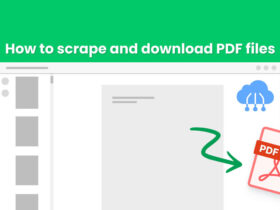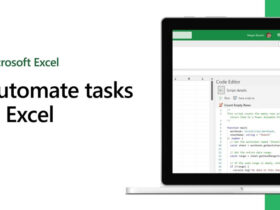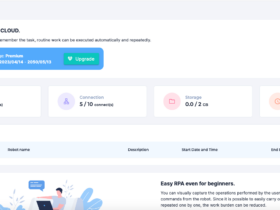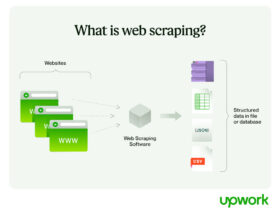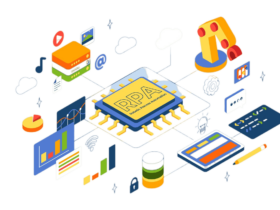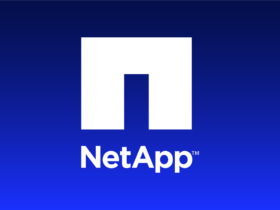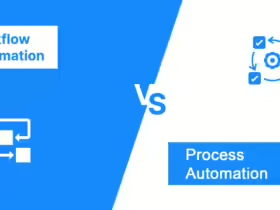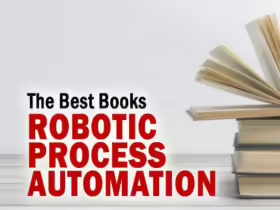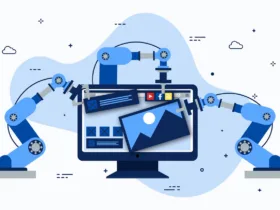Spreadsheets are a powerful tool for organizing and analyzing data, but they can also be time-consuming and prone to human error. By automating certain tasks within a spreadsheet, you can streamline your workflow and focus on more important aspects of your work. But what exactly are the tasks suitable for spreadsheet automation?
You can save hours of manual work and ensure accuracy in your spreadsheets. For example, instead of manually inputting data from multiple sources, you can automate the process of extracting and consolidating data into a single spreadsheet. This not only saves time but also reduces the risk of inputting errors.
What are the tasks suitable for spreadsheet automation?

Data Entry and Management Tasks
Are you tired of spending endless hours on manual data entry tasks? Data entry automation is the solution you’ve been waiting for. By leveraging advanced technologies and tools, you can eliminate the need for tedious manual data entry, saving valuable time and resources.
With the ability to extract data from various sources, such as scanned documents or online forms, and automatically input it into your systems, you can significantly reduce errors and increase accuracy. Say goodbye to manual data entry and embrace the efficiency of automation.
Managing and organizing vast amounts of data can be overwhelming. Data management automation offers a streamlined solution to this problem. By automating data management tasks, such as data cleansing, data integration, and data validation, you can ensure data accuracy and consistency throughout your systems.
Whether you are a small business or a large enterprise, data entry and management automation can revolutionize your workflow. By reducing manual effort, improving accuracy, and enhancing data accessibility, you can optimize your operations and focus on what truly matters – driving business growth. Embrace the power of automation and unlock the full potential of your data.
Calculation and Analysis Tasks
Formula Automation
Automating formula calculations is a crucial task for businesses dealing with large amounts of data. This process involves creating and implementing formulas in spreadsheets, eliminating the need for manual calculations. By using advanced formulas, businesses can save time, reduce errors, and improve accuracy. For example, with the use of formulas, businesses can quickly calculate totals, averages, percentages, and perform complex calculations.
Benefits of Formula Automation:
- Time-saving: Automating calculations with formulas saves valuable time compared to manual calculations.
- Reduced errors: By eliminating manual calculations, the risk of human errors is significantly reduced.
- Improved accuracy: Formulas ensure consistent and accurate calculations, reducing the chance of mistakes.
Data Analysis Automation
Automation of data analysis tasks involves the use of tools and techniques to process and analyze large datasets efficiently. This process eliminates the need for manual data analysis, allowing businesses to derive valuable insights quickly. Data analysis automation helps in identifying patterns, trends, and correlations within the data, enabling businesses to make data-driven decisions.
Benefits of Data Analysis Automation:
- Efficiency: Automating data analysis tasks significantly speeds up the process, allowing businesses to analyze large datasets in a fraction of the time.
Accuracy: Automated data analysis reduces the risk of human errors and ensures accurate results. - Insights: Automation helps in uncovering hidden patterns, trends, and correlations within the data, leading to valuable insights for business decision-making.
In conclusion, formula automation and data analysis automation are essential for businesses to save time, reduce errors, improve accuracy, and gain valuable insights from their data.
Reporting and Presentation Tasks
Report Generation Automation
Report generation automation is a process that utilizes technology to automatically create reports, saving time and effort for individuals and businesses. With the help of advanced software and algorithms, data can be extracted from various sources, organized, and formatted into meaningful reports.
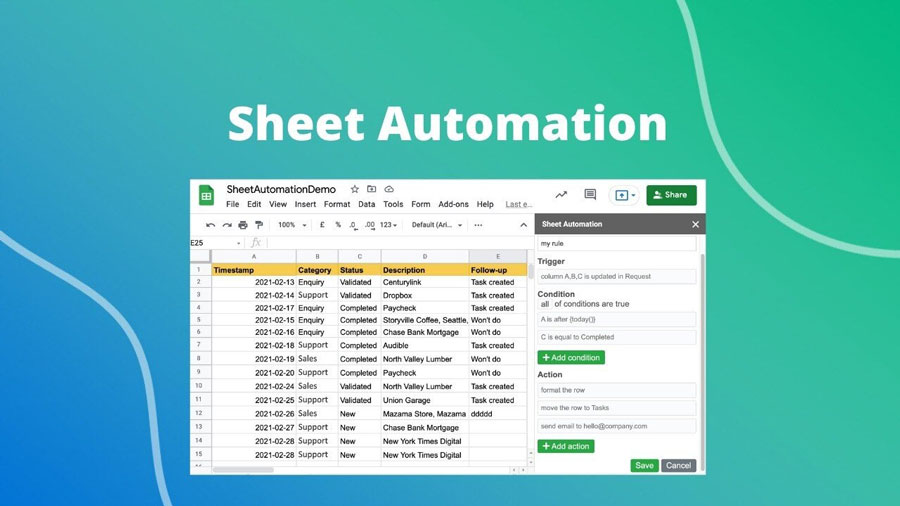
By automating the report generation process, businesses can enjoy several benefits. Firstly, it saves a significant amount of time and resources that would otherwise be spent on manual report creation. Automation also ensures accuracy and consistency in report formatting, eliminating human errors.
Moreover, report generation automation allows for real-time data updates, ensuring that reports are always up-to-date. This enables businesses to make informed decisions based on the most recent information. Additionally, automation provides the flexibility to customize reports according to specific requirements, providing valuable insights tailored to the needs of different stakeholders.
Benefits of Presentation Automation
Automating presentations offers several advantages. Firstly, it saves time by eliminating the need to manually create each slide and populate content. This allows presenters to focus on the delivery and storytelling aspects of the presentation, rather than spending excessive time on design and formatting.
Presentation automation also ensures consistency in branding and design elements across all slides, maintaining a professional and cohesive look. It enables the easy incorporation of data and charts, making complex information more digestible for the audience. Moreover, automation allows for quick and seamless updates to presentations, ensuring that the content remains relevant and accurate.
Adopting report generation and presentation automation can bring significant benefits to individuals and businesses. By leveraging technology to automate these tasks, organizations can save time, reduce errors, and deliver impactful reports and presentations.
Collaboration and sharing tasks
Collaboration automation
Collaboration automation is the process of using technology to streamline and improve the way teams work together on tasks and projects. By automating collaboration processes, teams can save time, reduce errors, and increase productivity.
One of the key benefits of collaboration automation is that it allows teams to work together in real-time, regardless of their location. This means that team members can easily collaborate on tasks, share updates, and provide feedback without the need for constant meetings or email exchanges.
Collaboration automation also helps to eliminate the pains of version control and document sharing. With automated collaboration tools, team members can access the latest version of a document or project, making it easier to stay organized and avoid confusion. Additionally, these tools often include features such as task assignment and progress tracking, which further enhance collaboration and accountability.
Sharing automation
Sharing automation refers to the use of technology to simplify and streamline the process of sharing tasks, files, and information among team members. This automation eliminates the need for manual sharing methods, such as email attachments or physical handovers, resulting in improved efficiency and reduced errors.
One of the main benefits of sharing automation is the ability to securely and instantly share information with the right people. With automated sharing tools, team members can easily grant access to specific individuals or groups, ensuring that sensitive information remains confidential. This also allows for seamless collaboration, as team members can access shared files and documents in real-time, regardless of their location.
Sharing automation also helps to overcome the challenges of version control and tracking changes. By automating the sharing process, teams can ensure that everyone has access to the most up-to-date information, reducing the risk of miscommunication or outdated files. Additionally, these tools often provide notifications and audit trails, enabling teams to track who accessed or modified shared resources.
In conclusion, collaboration and sharing automation play a crucial role in enhancing teamwork, improving productivity, and streamlining processes. By leveraging technology to automate collaboration and sharing tasks, teams can overcome common pain points, promote efficient communication, and achieve better results.




